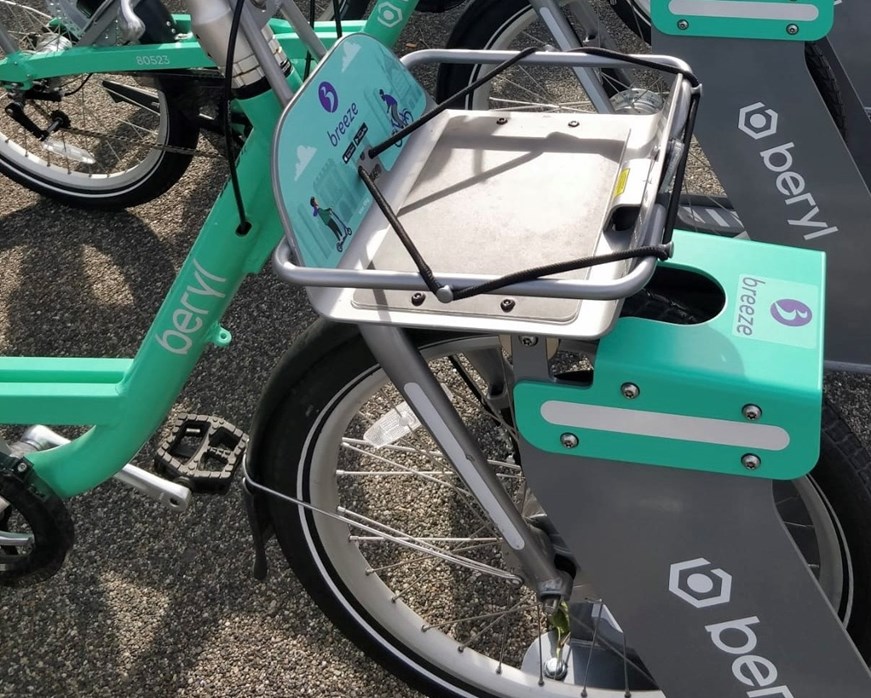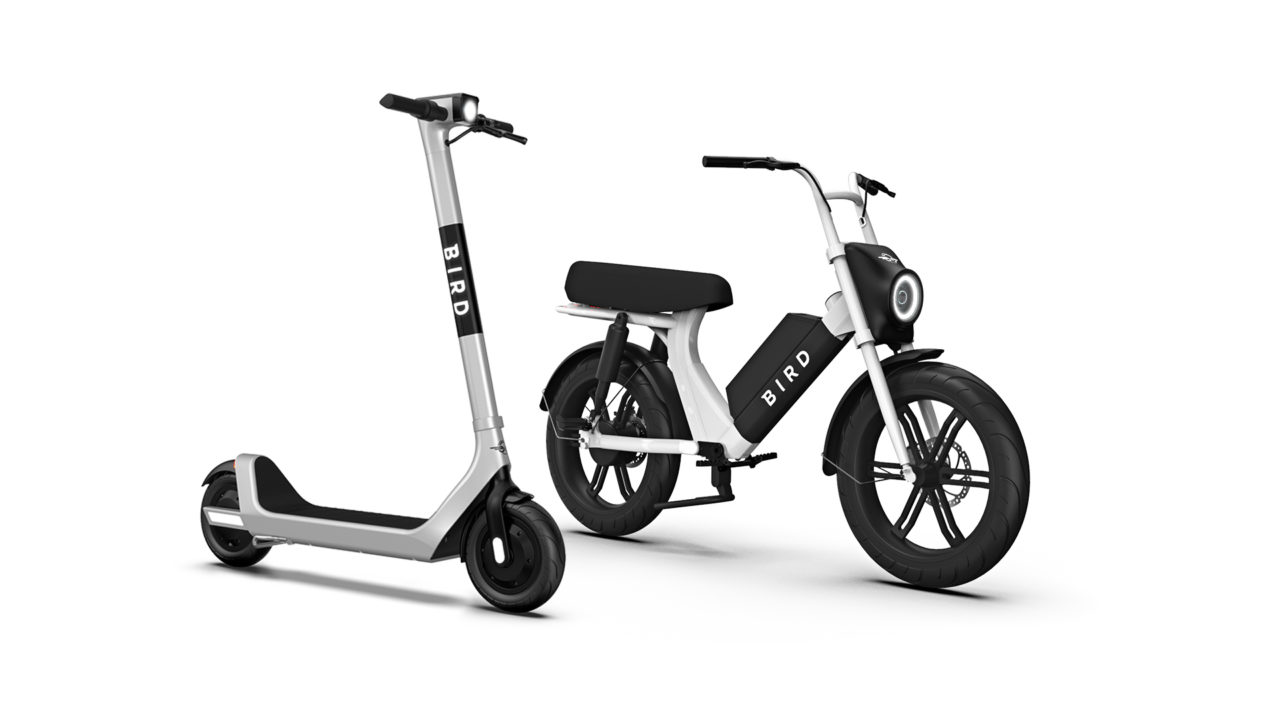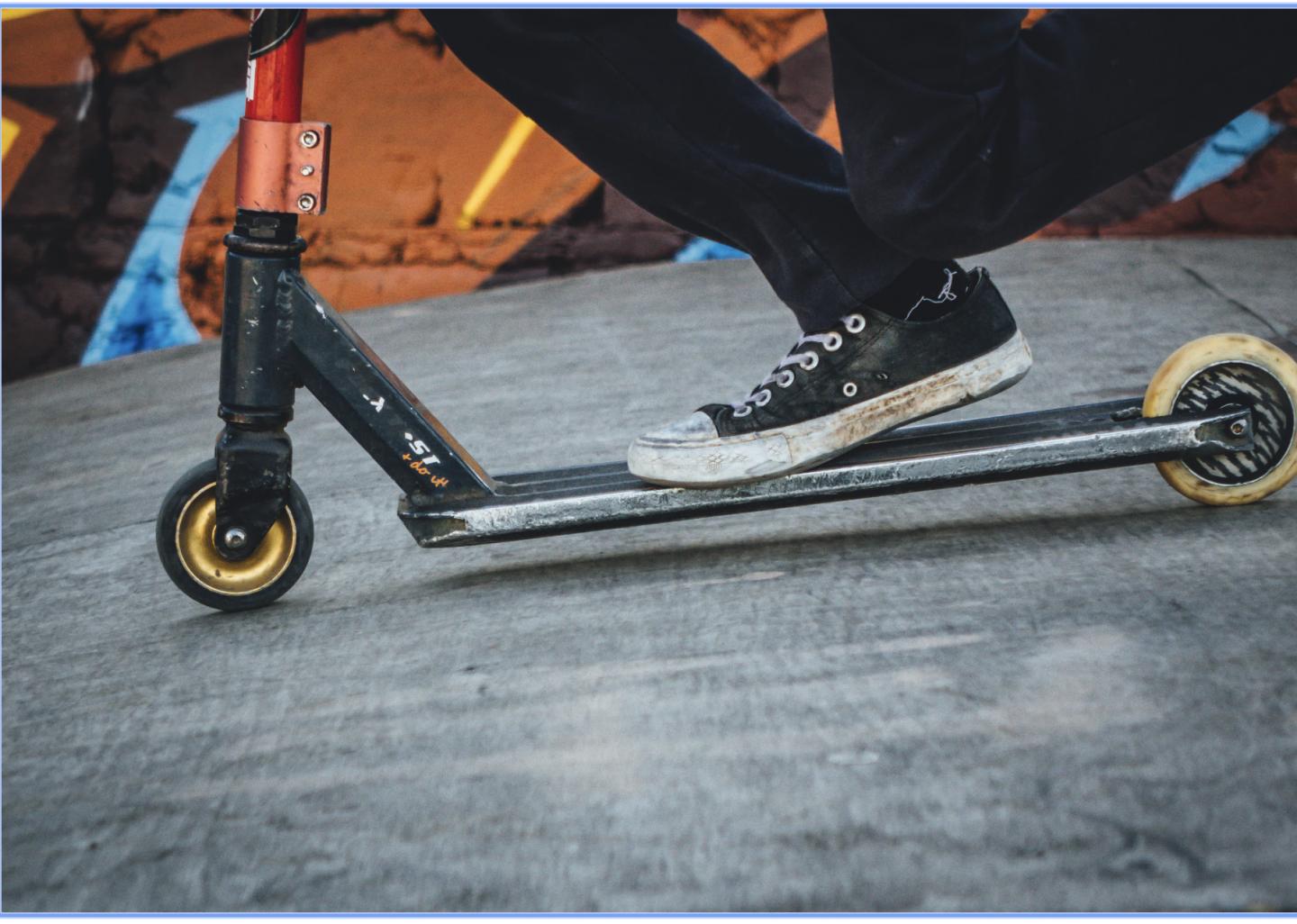Honda R&D Co., Ltd. unveiled the “Honda CI Micro-mobility” machines and their core technologies. Honda CI Micro-mobility technologies utilize Honda CI (Cooperative Intelligence), Honda’s original AI (artificial intelligence) that supports cooperation/coexistence of people, machines and society.
● Key features of core technologies utilized by Honda CI Micro-mobility machines:
– Map-less cooperative driving technology:
Technology that enables the micro-mobility vehicle to recognize its surroundings based on information captured by its cameras, without relying on high-definition maps, and self-drive to the destination while ensuring safety.
– User intention understanding and communication technology:
The communication technology that enables the micro-mobility machine to have human-like understanding of words and gestures, to think and make proposals on its own.
● Honda CI Micro-mobility machines to be used in the testing:
– CiKoMa: ride-in micro-mobility vehicle designed for one or multiple passenger(s)
– WaPOCHI: micro-mobility robot that follows the user by remembering/recognizing distinctive characteristics of the user.
● Honda will begin demonstration testing using Honda CI Micro-mobility technologies at the following two locations in Joso City, Ibaraki Prefecture, Japan.
– “Mitsukaido Asunaro no Sato” camping and lodging park (starting November 2022)
– Agri-science Valley (starting spring 2023)
● Honda will advance its CI-powered micro-mobility technologies while expanding the areas for technology demonstration testing, and continue research and development with the aim to put this technology into practical applications by around 2030.
TOKYO, Japan, November 2, 2022 – Honda R&D Co., Ltd. (“Honda”), which takes a lead role in Honda’s technology research and development, today unveiled two “Honda CI Micro-mobility” machines, which utilize Honda CI (Cooperative Intelligence*1), Honda’s original AI (artificial intelligence) that enables mutual understanding between machines and people.
Honda also introduced core technologies adopted for the Honda CI Micro-mobility machines and announced plans to begin technology demonstration testing using Honda CI Micro-mobility machines in two locations in Joso City, Ibaraki Prefecture, Japan, namely “Mitsukaido Asunaro no Sato” camping and lodging park (testing starts in November 2022) and Agri-science Valley (testing starts in spring 2023).
Honda has been working on the development of CI-powered micro-mobility technologies with the aim to realize a society where each and every person can enjoy the joy and freedom of mobility. To this end, Honda is trying to make the mobility of people and things ubiquitous (whenever, wherever, to any destinations), collision-free and stress-free.
In a society where the birthrate is declining, the population is aging and people have adopted new habits after experiencing the COVID-19 pandemic, an increase has been forecast for the need for unrestricted mobility of people and things using micro-mobility machines. With such an assumption, Honda has established two core technologies:
1) the “map-less cooperative driving technology,” which enables the micro-mobility machine to self-drive while recognizing its surroundings without relying on high-precision maps and
2) the “user intention understanding and communication technology,” which enables the micro-mobility machine to perform human-like communication with dialogues and gestures.
Now, Honda is ready to conduct real-world technology verification through technology demonstration testing of its micro-mobility machines that utilize these core technologies, namely the “CiKoMa” ride-in micro-mobility vehicle and “WaPOCHI” micro-mobility robot, in multiple areas in Joso City, Ibaraki Prefecture in Japan.
Further down the road, Honda will continue advancing its CI-powered micro-mobility technologies while expanding the area where the technology demonstration testing will be conducted in Joso City. Honda’s aim is to put these technologies into practical applications by around 2030 and introduce Honda CI Micro-mobility products which will simultaneously realize both the “advancement of mobility and people’s daily lives” and the “realization of zero traffic collisions.”
*1 A type of artificial intelligence that supports the user while cooperating with the user and people around them by communicating with gestures and words.
<CI-powered micro-mobility technologies>
■ Map-less cooperative driving technology:
Technology that enables the micro-mobility machine to recognize its surroundings based on information captured by its cameras, without relying on high-definition maps, and self-drive to the destination while ensuring safety.
1. Real-time road structure understanding function (roadways):
A function to recognize the road environment such as intersections and curves, as well as pedestrians and other vehicles by using only image data captured by cameras (without using high-definition maps), and then quickly understand and determine a passable area on a real-time basis.
2. Spatial recognition/high-speed driving map conversion function (public open space*2):
A function to generate a map of passable areas in an open space with no road surface markings and curbs by instantaneously generating 3D images of the distance to obstacles and the structure of objects and quickly recognizing the passable areas, in the same way that people recognize such areas by seeing things with their own eyes.
3. Human/environment-cooperative action planning function:
A function to determine the route that enables a worry-free and smooth ride to the destination, as if a skilled driver is behind the wheel, using a real-time route optimization algorithm that takes into account various driving environments.
■ User intention understanding and communication technology:
The communication technology that enables the micro-mobility machine to have human-like understanding of words and gestures, to think and make proposals on its own.
1. Intention exchanging function:
A function to enable the user and micro-mobility machine to communicate what they are seeing to each other and achieve mutual understanding of where they are moving to while having human-like natural exchanges.
2. Dialogue-based user identification function:
A function to determine the distinctive characteristics of multiple user candidates and identify the user by engaging in dialogue and asking questions.
3. User-machine negotiation/proposal function
A function to make proposals while taking into account the surrounding conditions just like people do. By registering human experiences as “prior knowledge,” the machine can negotiate/make proposals while avoiding negative factors such as rule breaking, bad manners and dangerous situations.
*2 An area accessible from roadways or sidewalks and open to the public for free passage or use, such as areas around buildings and public parks.
【Honda CI micro-mobility machines】
■ CiKoMa: ride-in micro-mobility vehicle
The CiKoMa is a ride-in electric micro-mobility vehicle designed for one or multiple passenger(s). With CiKoMa, the user can enjoy ubiquitous mobility “at the will of the user.”
The user can hail CiKoMa using words, and get on the self-driving and approaching CiKoMa by specifying the preferred pick-up location by words and gestures. During the ride, the user can direct CiKoMa’s course by operating the joystick, enabling cooperative driving based on both the user’s intention in choosing the course at will and CiKoMa’s automated driving technology. CiKoMa is developed as a vehicle that the users can hail and get on when they need and get off and let go wherever they prefer. Leveraging this ubiquitous nature of CiKoMa, Honda is striving to popularize it as a casual means of transportation for business, sightseeing, or a quick ride around the city.
■ WaPOCHI: micro-mobility robot
The WaPOCHI is an electric micro-mobility robot that remembers and recognizes distinctive characteristics of the user and keeps following the user even through a crowd of people. WaPOCHI first identifies the user by palm vein authentication, then recognizes and remembers distinctive characteristics of the particular user, such as the colors of their clothing and hair, height and physique, in images captured by its cameras. WaPOCHI follows the user from diagonally behind like a pet, while carrying bags or some other small items for the user.
For the recognition of user’s distinctive characteristics, WaPOCHI uses multiple cameras mounted on the upper part of its body, which capture a 360-degree three-dimensional view of its surroundings, and uses AI to extract and track the user’s distinctive characteristics. Even if WaPOCHI loses sight of the user who gets on the other side of other pedestrians or objects while tracking, WaPOCHI can find the user again based on the memorized characteristics and resume tracking. Moreover, Honda is continuing the research with the aim to realize a function that enables WaPOCHI to lead the way to support the user with ease in walking.
【Overview of technology demonstration testing with Joso City】
■ Mitsukaido Asunaro no Sato (camping and lodging park)
Starting in November 2022, Honda will conduct technology demonstration testing using the 4-passenger model of the CiKoMa. Through this testing, Honda will further advance its map-less cooperative driving technology to realize automated driving through areas within the park without white lines (lane markings) and clear edge markings, where it is difficult for conventional AI to recognize the driving path.
The testing will start with a combination of the “Green Slow Mobility (with a human driver)” and safety and driver assistance technology, then shift to automated driving along with the advancement of Honda’s map-less cooperative driving technology.
■ Agri-science Valley
Starting in spring 2023, Honda will conduct demonstration testing using the 4-passenger model of the CiKoMa and the WaPOCHI. Through this testing, Honda will verify its automated driving technology and user-tracking / following driving technology, which utilize Honda’s map-less cooperative driving technology and user intention understanding and communication technology.
With CiKoMa, the testing will start with automated driving while having a staff member ensuring the safety inside the vehicle, then Honda will strive to realize automated driving without a staff member in the vehicle. With WaPOCHI, the testing will start by having WaPOCHI follow the sales staff of stores within the Agri-science Valley, then scheduled to move on to test use by general users during their shopping and other activities.




